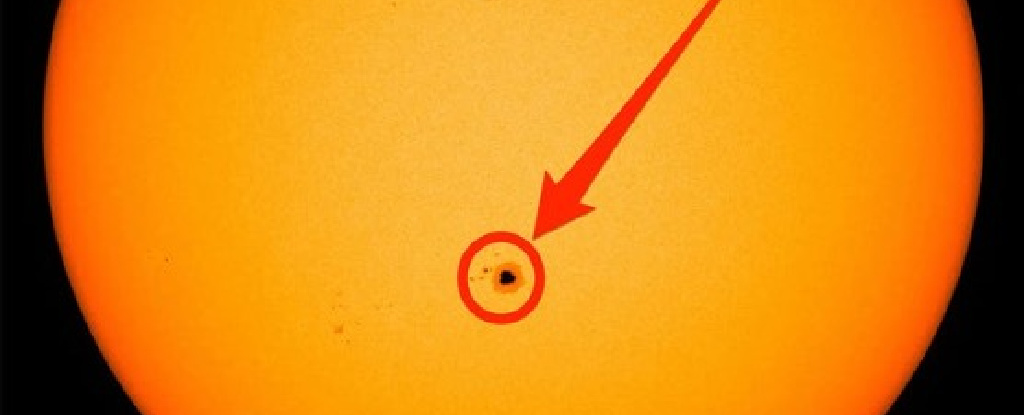An astronomer from South Korea has recently reported that a sunspot four times the size of Earth is lined up with the Sun, and it is so large that it could be seen with the naked eye provided that the observer has the appropriate equipment to observe it safely. The astronomer has advised amateur astronomers to use eclipse glasses with lenses that block out 100 percent of the Sun’s UV and infrared rays to protect their eyes. Observers in a few states in the United States were able to take pictures of the sunspot without any glasses on as the smoke from nearby wildfires provided a natural filter for the setting Sun. However, looking straight at the Sun without proper eyewear is dangerous as the UV light from the Sun can burn the retinas and leave permanent damage.
Sun enthusiasts can purchase solar glasses online; however, they must ensure that they are sourced through an official website like the American Astronomical Society’s list of suppliers of safe solar filters and viewers to make sure the glasses have been appropriately tested. Experts have been keeping a watchful eye on this particular sunspot, called AR3310, while it is facing Earth.
The Potential Impact of the Sunspot on Earth
Sunspots are areas where the Sun’s magnetic fields can be particularly active. As this massive sunspot rolled around the side of the Sun, it let off a substantial solar flare, a giant explosion that sends energy, light, and high-speed particles into space. The flare was registered as a high-level M-flare, the second highest level on the scale that classes solar flares by strength. The National Oceanic and Atmospheric Administration has warned that there’s a 20 percent chance that the spot could let off a powerful X-class flare while it’s still facing Earth. This type of flare could trigger radio blackouts, which could impact aviation, and long-lasting radiation storms.
These radiation storms can bring beautiful auroras, but they can also affect power grids and pipelines if the flare is pointed straight at Earth. The Sun is currently gearing up to peak activity in its 11-year cycle, during which sunspots like this one are more likely to appear. Over the past months, there have been remarkable sights seen on the Sun, including auroras visible all the way down to New Mexico, solar plasma waterfalls, solar tornados, powerful coronal mass ejections, and geomagnetic storms. More activity is likely to come in the coming months.
In summary, a massive sunspot, AR3310, four times the size of Earth, is currently facing Earth and could trigger radio blackouts and long-lasting radiation storms if it lets off an X-class flare. The National Oceanic and Atmospheric Administration has warned that there is a 20 percent chance of this happening. While there have been remarkable sights seen on the Sun in the past months, it is important to observe sunspots with caution and use appropriate eyewear to avoid damaging the eyes. Sun enthusiasts can purchase solar glasses online, but they must ensure that they are sourced through official websites to ensure their safety.



Leave a Reply